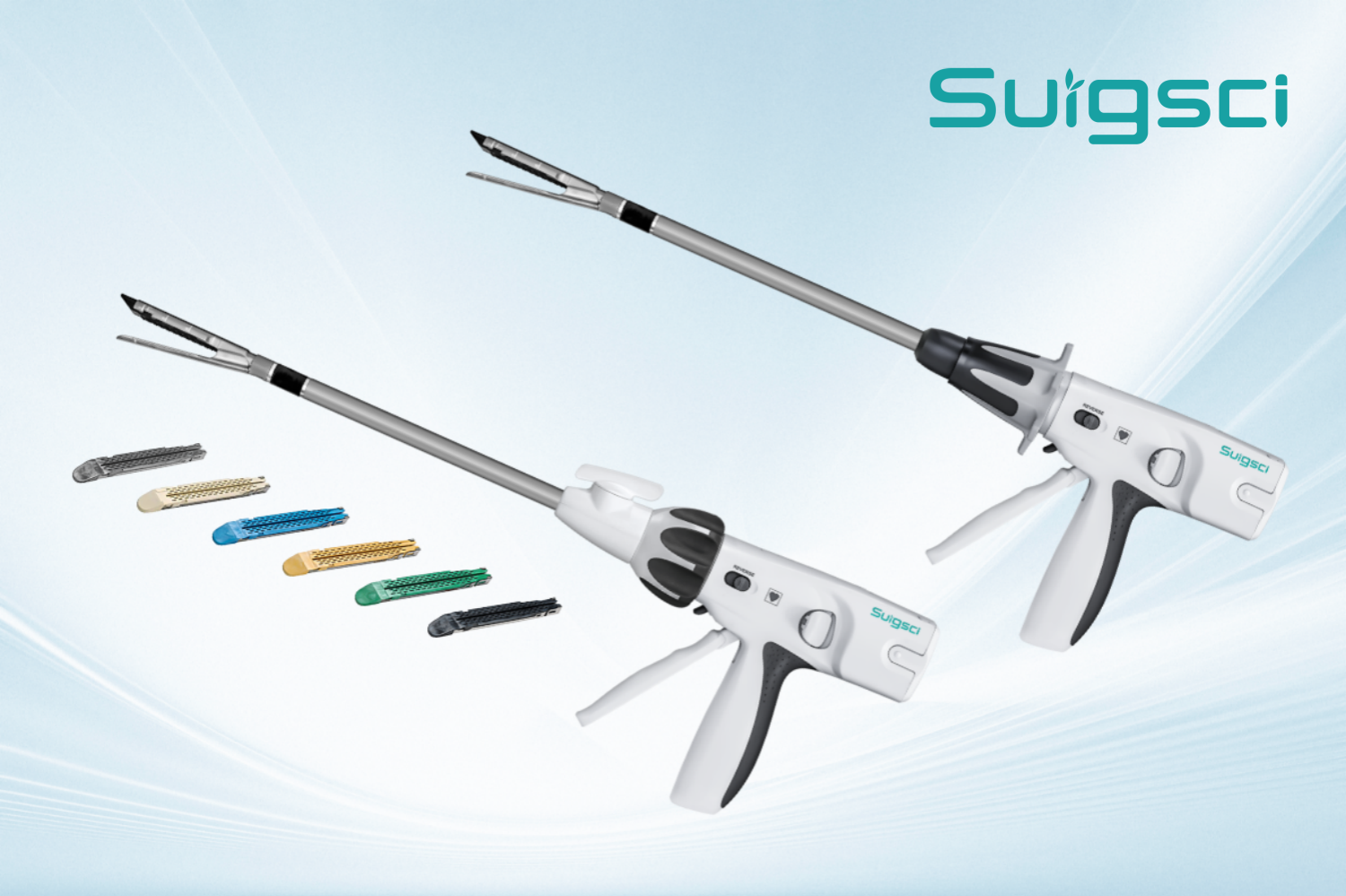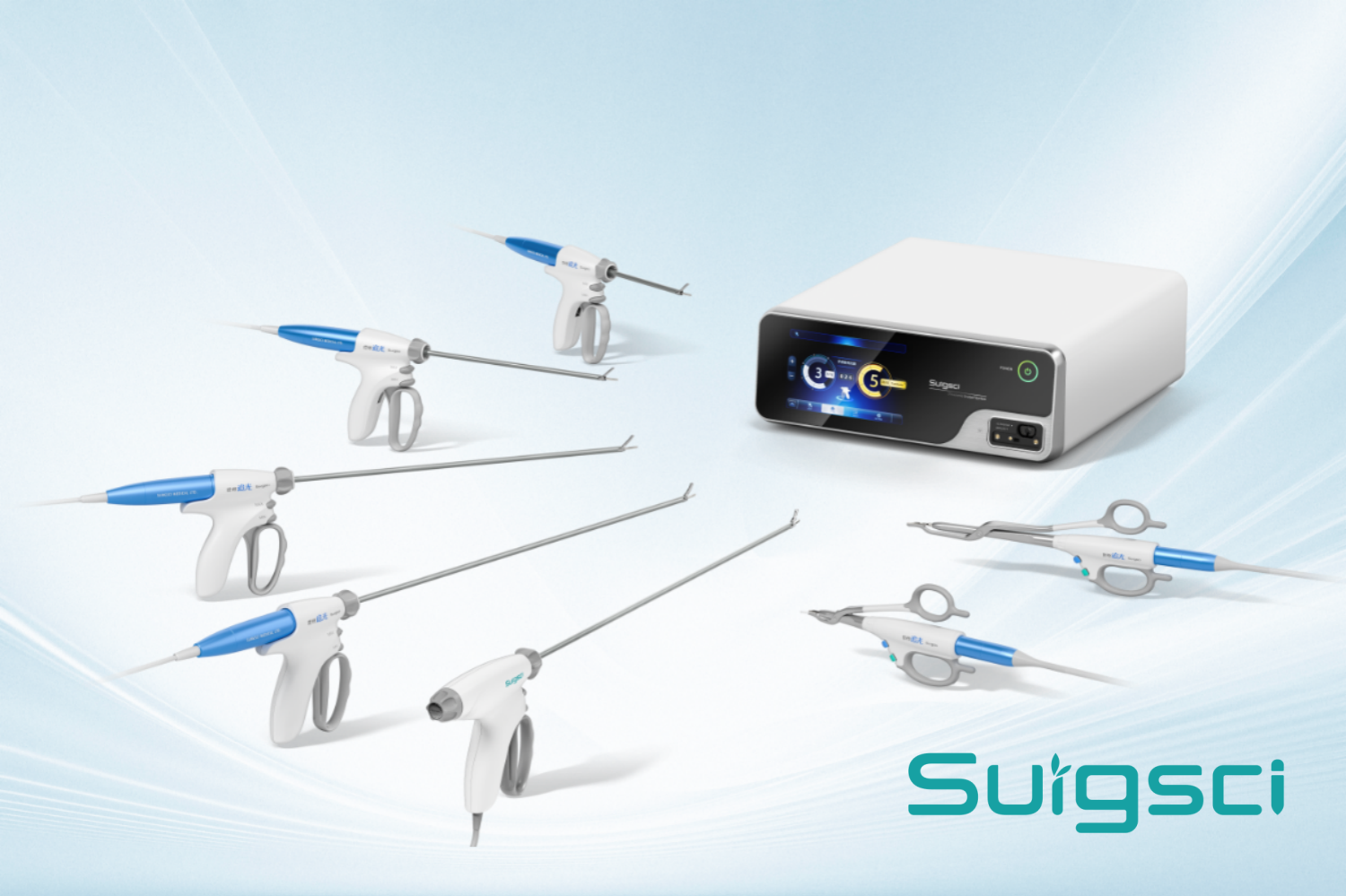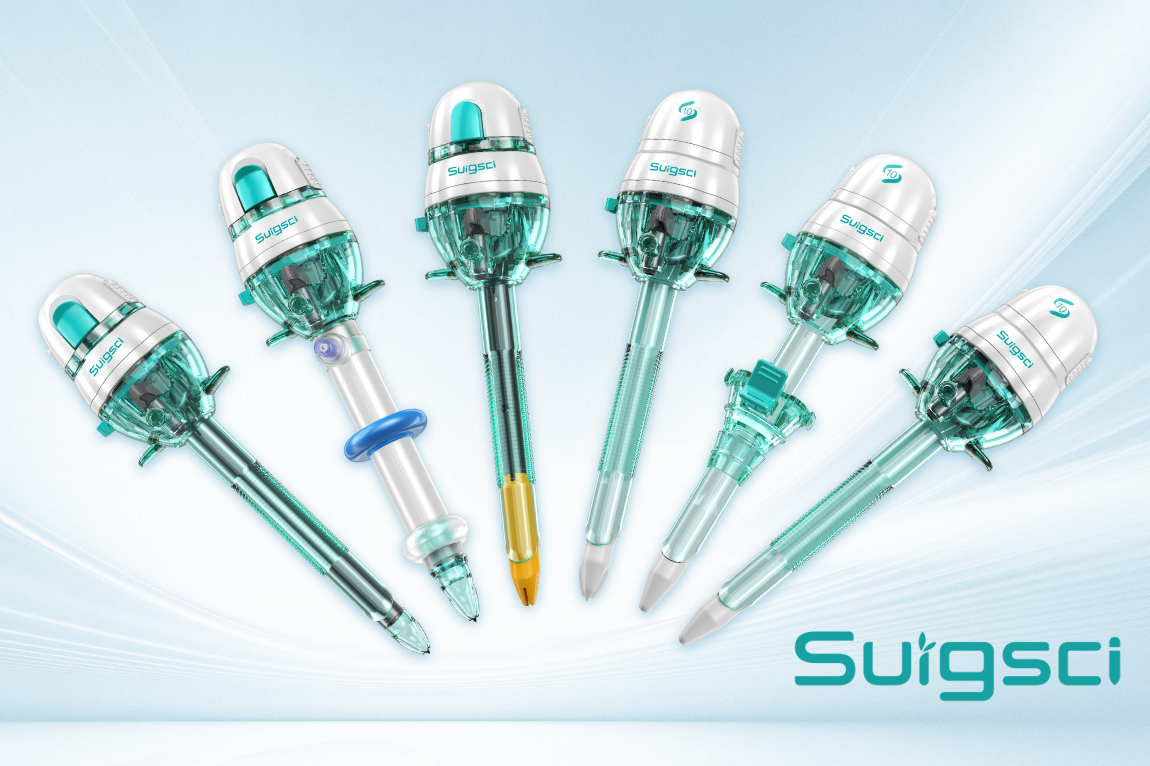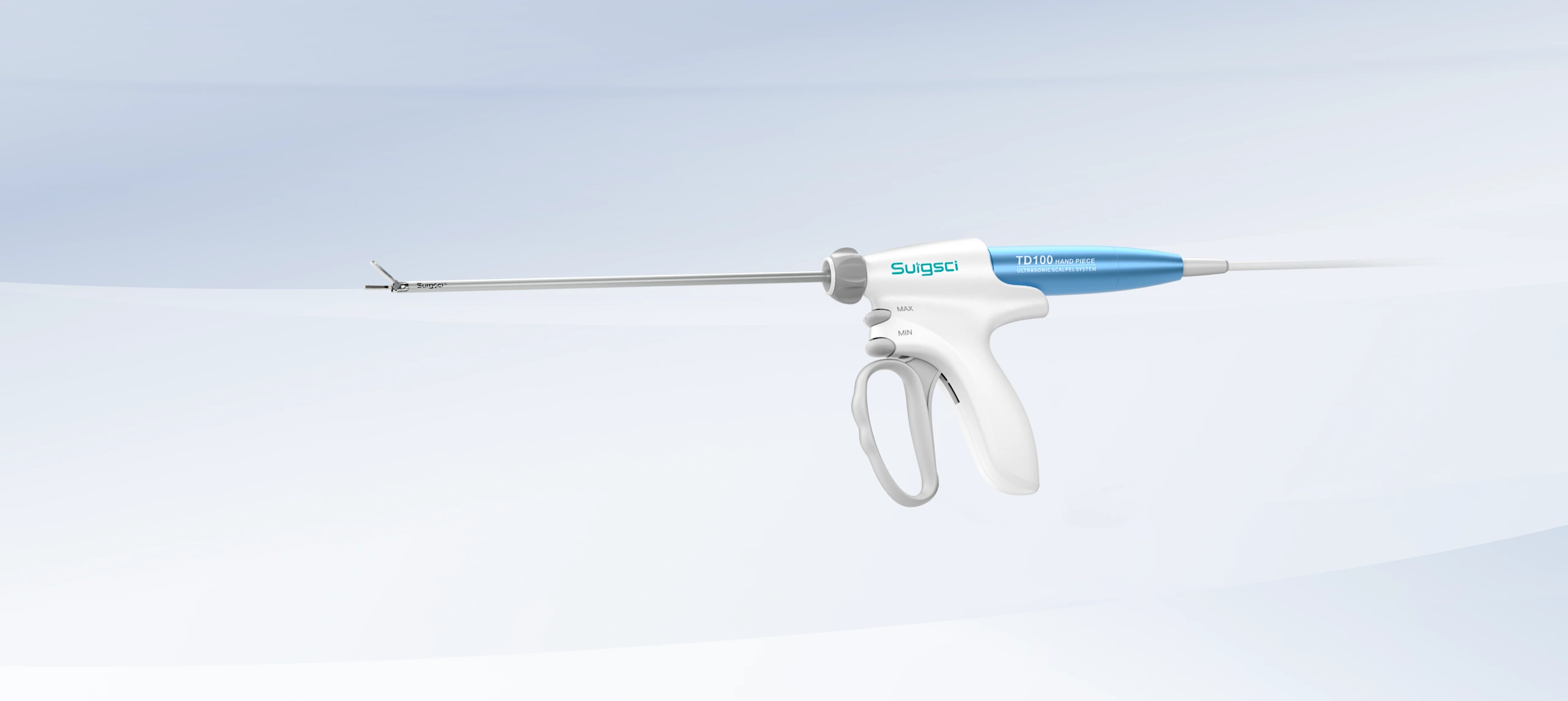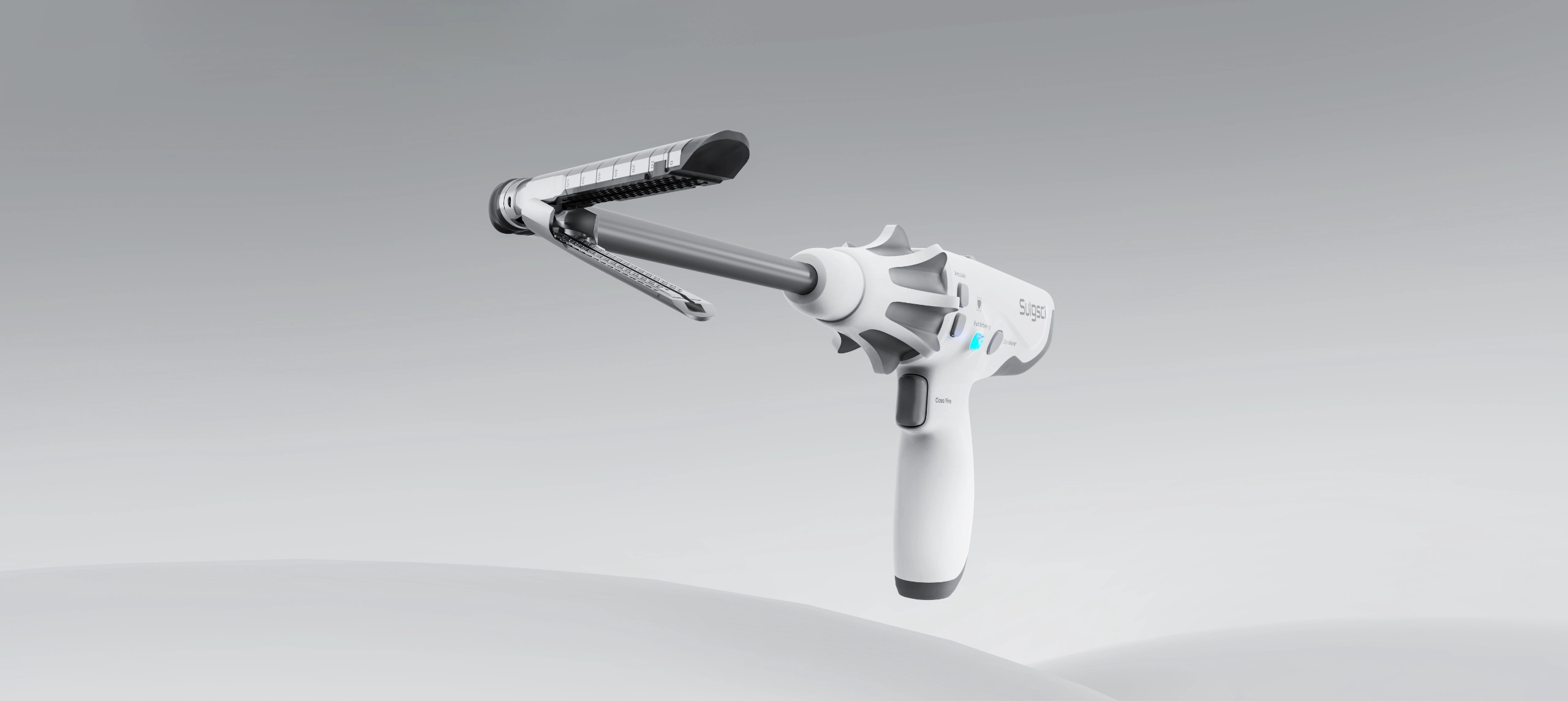The disposable linear cutter stapler is a surgical instrument that has significantly transformed the landscape of surgical procedures. This device, designed for single-use, has become an indispensable tool in the operating room, particularly in gastrointestinal and thoracic surgeries.
Introduction:
A disposable linear cutter stapler is a specialized surgical instrument used to simultaneously cut and staple tissues. Its design allows surgeons to perform complex procedures with precision and efficiency, minimizing tissue trauma and reducing patient recovery time.
Types of Linear Cutter Staplers:
There are several types of linear cutter staplers, each designed for specific surgical procedures. For instance, there are skin staplers for closing skin wounds, gastrointestinal staplers for creating anastomoses in the digestive tract, vascular staplers for connecting blood vessels, and thoracic staplers for lung surgeries. Each type of stapler is designed to handle the unique challenges posed by the specific tissue type it is intended for.
Advantages
One of the main advantages of a disposable stapler is its hygienic nature. Since it’s designed for single-use, the risk of cross-contamination between patients is significantly reduced. This is particularly important in today’s healthcare environment, where infection control is a top priority.
The disposable linear cutter stapler is also user-friendly. It is typically designed with an ergonomic handle, allowing surgeons to operate with comfort and precision. The device often includes a safety lock-out feature to prevent accidental firing, enhancing patient safety.
Moreover, the disposable nature of these devices contributes to cost-effectiveness. While the initial cost of a disposable stapler may be higher than a reusable one, the overall cost, when considering sterilization, maintenance, and potential complications from device failure, is often lower.
In conclusion, the disposable linear cutter stapler is a testament to the continuous innovation in the field of surgery. It embodies the principles of patient safety, surgical precision, and cost-effectiveness. As technology continues to advance, we can expect further improvements in the design and functionality of these devices, ultimately leading to better patient outcomes.

